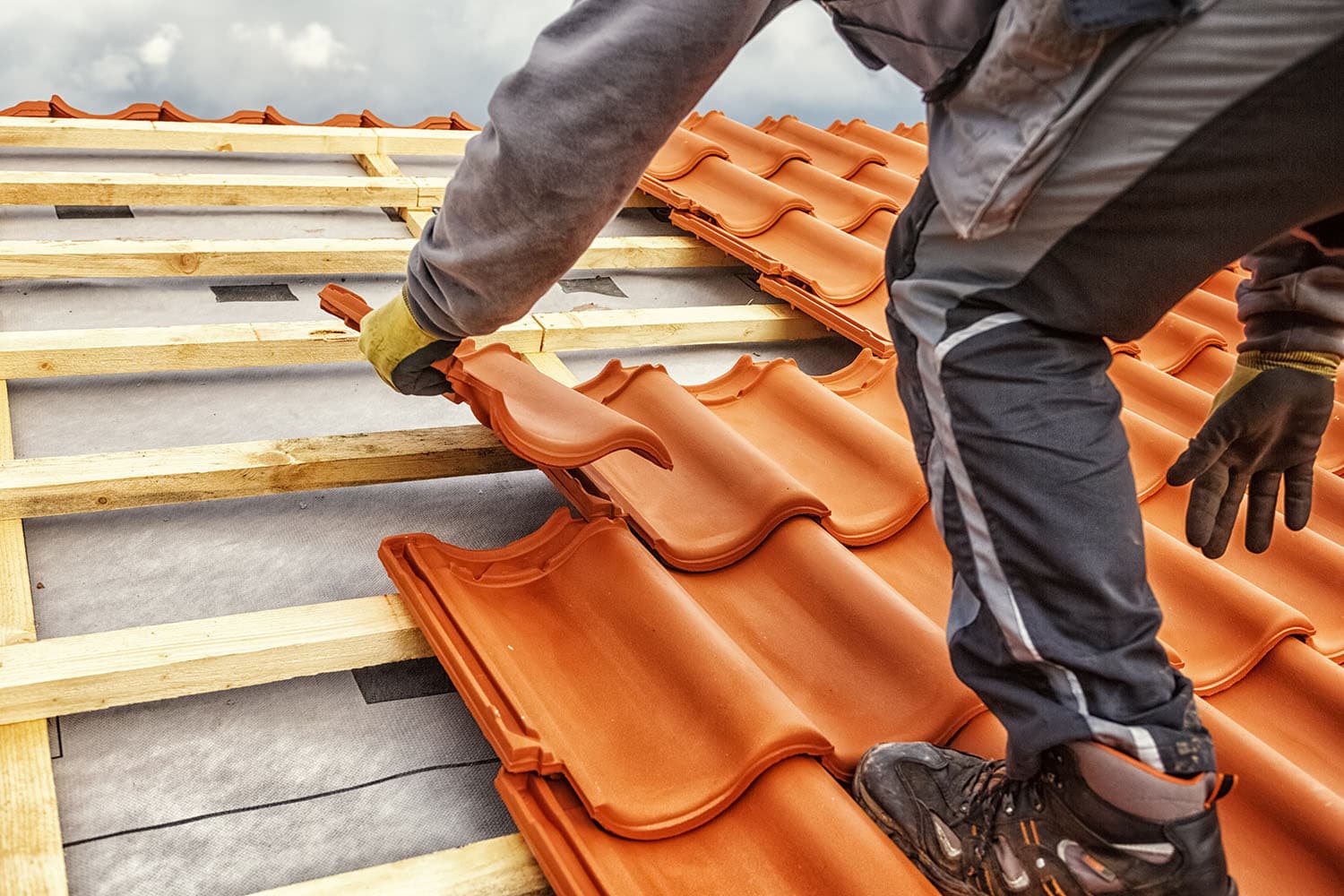Just How to Assess Different Roof Covering Options for Your Building Requirements
Evaluating roof choices for your building requires a detailed strategy that thinks about numerous variables such as the planned usage of the structure, local climate conditions, and material characteristics. It is vital to evaluate the advantages and drawbacks of different roofing types, from asphalt shingles to metal and clay tiles, while also factoring in initial expenses and long-term upkeep. In addition, understanding power efficiency and visual allure can affect your choice. As you contemplate these factors to consider, one inquiry continues to be: which aspects will inevitably direct your option for a sustainable and visually pleasing roof covering option?
Examining Your Structure's Requirements
To effectively examine roof alternatives, begin by extensively evaluating your structure's demands. Beginning by thinking about the structure's intended usage, as various frameworks may require varying roof specs. As an example, property roof coverings commonly prioritize looks and insulation, while industrial structures may concentrate on longevity and load-bearing capability.
Following, examine the regional climate conditions that will influence roof covering performance. Elements such as temperature fluctuations, rainfall degrees, and wind patterns can affect material choice and layout. A roofing system that masters a temperate environment might not perform also in areas prone to hefty snowfall or severe warmth.
In addition, analyze the structural integrity of your structure. Make sure that the existing framework can sustain the selected roofing products, specifically if considering heavier choices. It is additionally crucial to review any kind of regional building ordinance or guidelines that might determine particular needs for roof systems.

Contrasting Roofing Materials
Once a detailed evaluation of your structure's needs has actually been finished, the following action entails contrasting numerous roofing materials. Each material uses distinctive advantages and downsides, making it crucial to straighten your selection with your certain demands and conditions.
Asphalt tiles are extensively acknowledged for their price and convenience of setup, making them a prominent choice for household structures. On the various other hand, metal roof, understood for its longevity and long life, can hold up against severe weather yet might include a greater preliminary investment.
Clay and concrete tiles give outstanding thermal insulation and visual allure, specifically for Mediterranean-style architecture, yet they need an even more robust structural support as a result of their weight. Timber shakes deal a natural look and good insulation properties yet might demand a lot more upkeep and are prone to fire threats.
Reviewing Expense and Budget Plan
Analyzing your roof options requires a mindful examination of cost and spending plan considerations. The total spending plan for a roof task makes up several factors, including product expenses, labor expenditures, maintenance, and possible long-term cost savings. It is vital to establish a clear budget before discovering particular roof covering products, as this will certainly guide the decision-making procedure and help you stay clear of overspending.
Begin by obtaining quotes from numerous specialists to understand labor costs in your area. Make certain that these estimates include all required solutions, such as elimination of the old roofing system, installation, and any kind of added features, like insulation or ventilation enhancements - Toledo Roofer. Next, evaluate the expense of different roofing continue reading this materials, taking into consideration both preliminary installment prices and expected lifespan

Recognizing Power Efficiency
Power effectiveness plays a crucial function the original source in the option of roof products and systems, considerably influencing both power usage and overall comfort within a structure. An appropriate roofing system can improve thermal efficiency, lowering the requirement for home heating and cooling down systems, which in turn decreases power expenses and minimizes ecological impact.
When assessing roof choices, think about products that show as opposed to soak up warm. Light or reflective roof products can considerably lower roofing surface area temperatures, resulting in reduced energy usage throughout hot months. Furthermore, proper insulation and air flow are necessary to optimize the energy efficiency of the entire roof. Insulation prevents heat transfer, while ventilation reduces heat buildup in the attic room room.
One more essential element is the roofing system's long life and upkeep needs. Sturdy products that require much less constant replacement add to long-lasting energy savings. The power performance of a roof system can also be evaluated through its compliance with well established sustainability rankings such as Power CELEBRITY or LEED.
Taking Into Consideration Visual Appeal
A roof covering's visual charm substantially affects the general appearance of a building, matching its building design and enhancing aesthetic appeal. Perrysburg Roofer. When assessing roofing choices, it is vital to consider how the chosen product, color, and style will harmonize with the existing framework and area. A properly designed roof covering can boost even the easiest of buildings, Visit Your URL transforming them into visual centerpieces
Various roof covering products offer various visual high qualities. As an example, standard roof shingles might stimulate a traditional appeal, while steel roof can give a modern-day, smooth look. Furthermore, the color of the roof product plays an important function; lighter shades can make a building show up even more sizable, while darker tones might develop a cozier setting.
Furthermore, architectural elements, such as dormers and eaves, can enhance the roof's visual impact. It is recommended to speak with specialist designers or designers to make certain the selected roof covering alternative straightens with the overall style intent. Ultimately, a roof must not just supply useful benefits however also contribute favorably to the building's aesthetic, mirroring the proprietor's taste and the character of the surrounding environment.
Verdict
